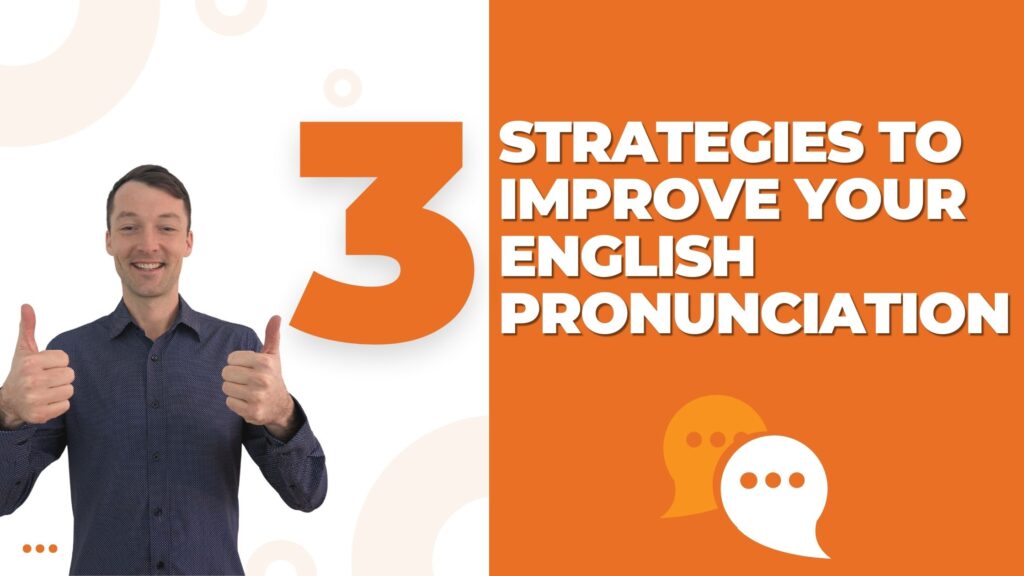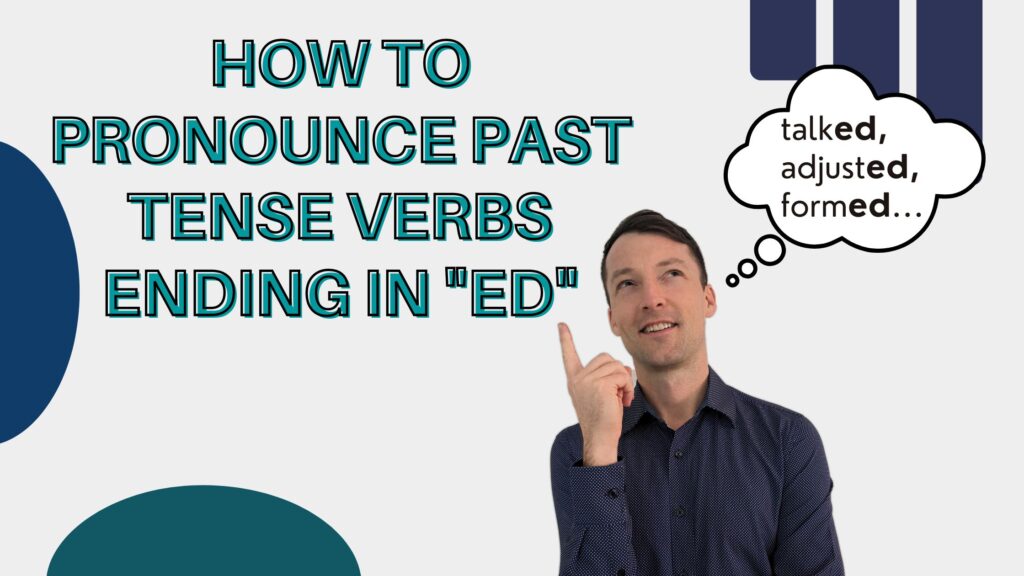Asking questions correctly can sometimes be confusing in English. You may wonder if you are putting the words in the correct order. Today I talk about two types of questions, yes/no and wh. I also talk about both of these types of questions with the verb ” to be” and with all other verbs. I discuss asking questions in the simple present, present progressive, simple past, and future tenses. At the end there will be a download to give you additional practice in asking questions.
Subscribe to our YouTube Channel to see all of our lessons and get the latest videos right away!
Questions with the verb “to be.”
When asking questions, the be verb works a little bit differently than all other verbs in English. It is possibly the most important verb in English.
Yes/no questions with be verb.
1. To form a question, you first need to know how to form a statement. Word order for statements using be is generally subject + verb
I am a student.
He is a student.
They are students.
Word order for asking yes/no questions is simply a reversal of a statement, verb + subject. This works for either simple present or simple past.
Are you a student? Yes, I am. No, I’m not.
Is he a student? Yes, he is. No he’s not.
Were they students? Yes, they were. No, they weren’t.
2. In the the present progressive, you also need to know how to make a statement. The word order is a statement is subject + am/are/is + ing form of the verb.
He is cooking dinner right now.
The word order for asking questions in the present progressive is also the reverse of a statement: am/are/is + subject + ing form of the verb.
Is he cooking dinner right now? Yes, he is. No, he isn’t.
3. In the future tense we can make statements and ask questions with the word “will.” For a statement, the correct word order is subject + will + base form of the verb (be).
She will be in Mexico tomorrow.
For questions, the word order is the reverse of a statement, will + subject + base form of the verb (be).
Will she be in Mexico tomorrow? Yes, she will. No she won’t.
Wh questions with be verb
When we ask wh questions, we usually think of six words: who (for a person), what (for a thing), when (for a time), where (for a place), why (for a reason) and how (for a method). To ask wh questions with be verb, we use the yes/no word order. Then we simply place the wh word at the beginning, so it is the first word in the sentence. This works with any tense.
Is he a student?
Where is he a student? At the University of Colorado.
Were they students?
When were they students? Three years ago.
Is she cooking?
What is she cooking? Spaghetti and meatballs.
Will she be in Mexico?
Why will she be in Mexico? Because she needs a vacation.
Questions with all other verbs.
Asking questions with all other English verbs requires a slightly different structure.
Yes/no questions with all other verbs.
- To form questions with all other verbs, you first need to know the word order of statements. Like be verb, it is subject + verb.
We work in a hospital.
He drives and old car.
I ate in a restaurant yesterday.
I get to work by bus.
To form yes/no questions, we need to verb “to do.” Simply put the correct form of do in front of the statement. This applies to both simple present and simple past tenses.Here is the correct word order for questions: do/does/did + subject + base form of the verb.
Do you work in a hospital? Yes, we do. No, we don’t.
Does he drive an old car? Yes, he does. No, he doesn’t.
Did you eat in a restaurant yesterday? Yes, I did. No, I didn’t.
Do you get to work by bus? Yes, I do. No, I don’t.
2. For asking yes/no questions in the present progressive tense, first, think of the word order for statements: subject + am/are/is + ing from of the verb.
Roberto is driving to California.
To form yes/no questions, we reverse the word order from statements: am/are/is + subject + ing form of the verb.
Is Roberto driving to California? Yes, he is. No, he isn’t.
3. To ask yes/no questions in the future tense, we can use “will.” Here is the word order for statements: subject + will+ base form of the verb.
My sister will graduate in May.
To form a question, simply reverse the word order form the statement: will + subject + base form of the verb.
Will your sister graduate in May? Yes, she will. No, she won’t.
Wh questions with all other verbs
If you can ask yes/no questions, then asking wh questions is easy. Like asking questions with the be verb, for all other verbs, we simply use the yes/no structure and place the wh word in front so it is the first word of the sentence. This works for all tenses.
- The word order for wh questions in the simple present and simple past is as follows: wh + do/ does/did + subject + base form of the verb. Below is the yes/no structure and the wh structure. You will see that they are very similar.
Does he work in a hospital?
Where does he work? In a hospital.
Do they work on Mondays?
When do they work? Every day except Monday.
Did you call your family last week?
Who did you call last week? My sister, but not my brother.
Do you get to work by train?
How do you get to work? By bus.
2. In the present progressive, we also use the yes/no structure and place the wh word first. Here is the word order: wh + am/are/is + subject + ing form of the verb
Is he driving to Colorado Springs?
Where is he driving? To Colorado Springs.
3. To ask questions in the future tense, again use the yes/no structure and place the wh word in front. Here is the correct word order: wh + will + base form of the verb.
Will you buy a scarf for your mother for her birthday?
What will you buy your mother for her birthday? A sweater. She already has a lot of scarves.
It is easy to ask questions in English. You have learned the rules for asking yes/no and wh questions with the verb “to be,” and with all other verbs. You know that if you can form a statement, to ask a question just reverse the subject and verb or we use “to do” or “will.” You also know that the yes/no form is the basic form you need to ask a questions. To ask a wh question, simply place the wh word in front of the yes/no structure. Yes/no questions begin with the words am/is/are or will (for be verb simple present, present progressive, and simple future), and do/does/did or will for all other verbs. Wh questions begin with the words who, what, when, where, why, or how. The download will give you additional practice forming both yes/no and wh questions with be and all other verbs.
Idioms of the day
- Dirt cheap.
This means very inexpensive. I love my new shoes. I got them on sale at Target, and they were dirt cheap.
- To be on top of the world.
This means to be very, very happy. Everything is going well for me. I got a raise at work, and my girlfriend told me she loves me. I’m on top of the world!
[button link=”https://commongroundinternational.com/learning-english/subject-verb-agreement-english/” style=”download” color=”red”]Related Lesson: Subject-Verb Agreement in English[/button]




